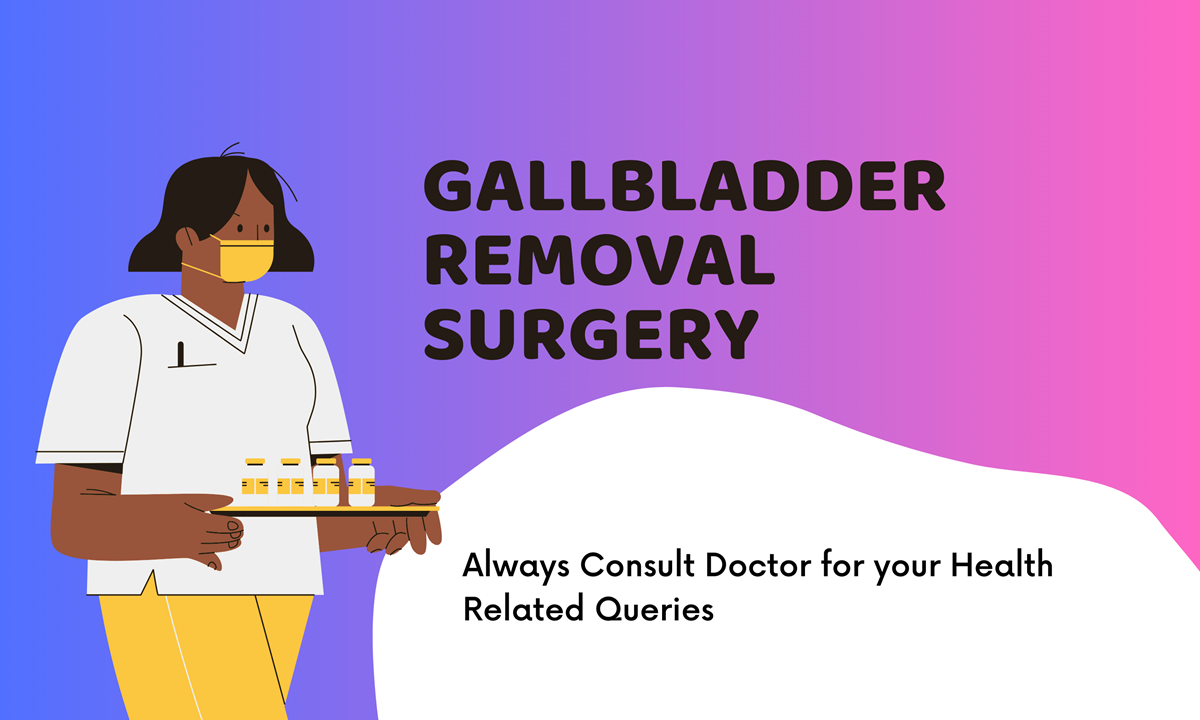Gallbladder removal surgery, known medically as cholecystectomy, is a common and generally safe procedure performed to treat gallbladder problems, most commonly gallstones. The surgery involves the removal of the gallbladder and is typically done laparoscopically, though in some cases, an open surgery may be necessary. The success rate of gallbladder removal can vary depending on several factors, including the patient’s overall health and the complexity of the condition being treated.
- Success Rate:
- The success rate of gallbladder removal surgery is generally very high, often exceeding 90%.
- Success is typically measured by the resolution of symptoms associated with gallbladder disease, such as pain, discomfort, and digestive issues, and the prevention of complications related to gallstones.
- Factors Affecting Success Rate:
- Patient’s Overall Health: Patients in good overall health typically have higher success rates and quicker recoveries.
- Severity of Gallbladder Disease: Complicated cases, such as those involving gallbladder inflammation, infection, or pancreatitis, may pose more challenges during surgery.
- Surgical Technique: Laparoscopic cholecystectomy is the most common and preferred method due to its minimally invasive nature and quicker recovery time.
- Risks and Complications:
- Potential risks include infection, bleeding, injury to nearby organs (like the bile duct), and complications related to anesthesia.
- The risk of serious complications is relatively low.
- Recovery and Rehabilitation:
- Recovery from laparoscopic gallbladder surgery is typically quicker, with many patients returning home the same day or the following day and resuming normal activities within a week.
- Recovery from open gallbladder surgery is longer, often requiring a hospital stay of a few days and a longer period of home recovery.
- Long-Term Outcomes:
- Most patients experience relief from gallbladder symptoms and do not have significant long-term effects from the surgery.
- A small percentage of patients may experience changes in bowel habits or digestion, known as postcholecystectomy syndrome.
- Patient Satisfaction:
- Patient satisfaction following gallbladder removal is generally high, especially among those who suffered from recurrent or severe gallstone-related symptoms.
Patients considering gallbladder removal should discuss with their doctor or surgeon the potential risks and benefits of the surgery, as well as what to expect during the recovery process. It’s important for patients to have realistic expectations and understand that while the removal of the gallbladder is generally effective at relieving symptoms associated with gallstones, it may not resolve all digestive symptoms in every case.

